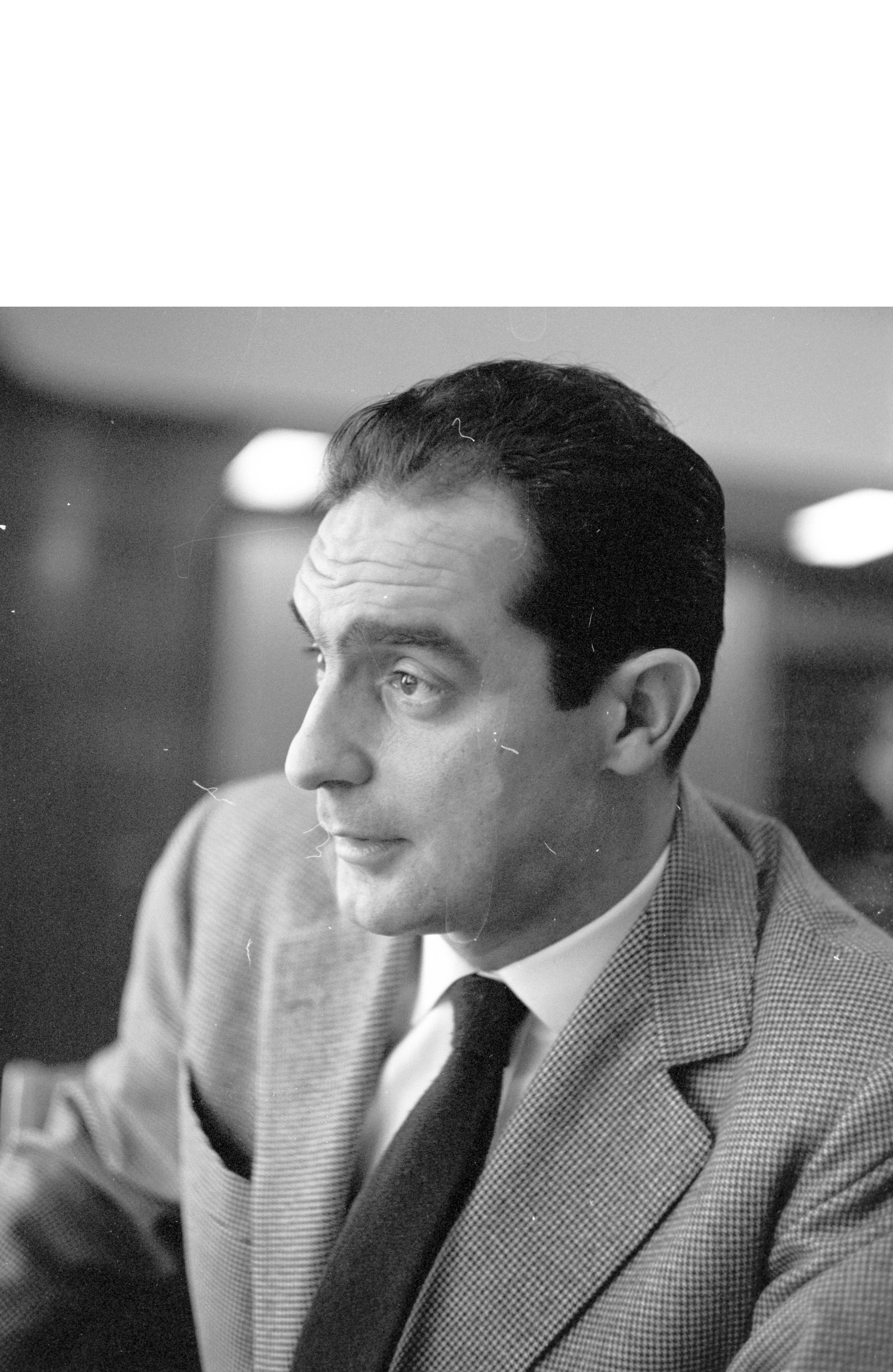Invisible Cities consists of brief prose poems describing 55 fictitious cities that are narrated by Polo, many of which can be read as parables or meditations on culture, language, time, memory, death, or the general nature of human experience.
Oulipo,a group of Parisian literati and mathematicians who experimented with language and the relations between literature and science.Italo Calvino's ingenious mathematical logic makes the structure of the book crystal-like, an evolving but stable organism
City as a metaphor, cité may be translated from French to English as meaning, literally, ‘cities’, but in a philosophical and social theoretical sense it can also carry the connotation of ‘world’ or ‘imaginary’. This double entendre forms a fruitful point of connection with Calvino’s conception of the city, since it captures the sense in which the urban connotes not only architectural bricks and mortar but also extends to embrace the notion of worldviews or life-worlds.
